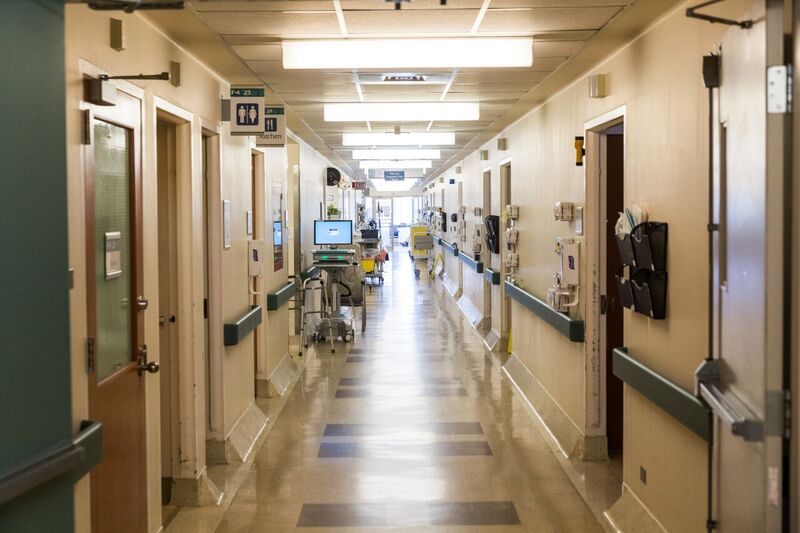
Creating a sustainable future for our patients
By Donna LaForce, Director, HHS Sustainability
A hospital’s budget can be thought of in much the same way as your family’s household budget.
At home, a good portion of every paycheck is spent on costs you can’t do much about like your mortgage or rent payment, your car payment, groceries and utilities. What’s left after you cover all those costs is usually a much smaller amount to be used for the balance of what you want and need in your life.
In the hospital setting, 70 per cent of our funding is earmarked for specific activities, through programs like the health based allocation model (HBAM) – a complex formula which dishes out provincial funding between hospitals for certain services – and quality-based procedures (QBPs) like day treatments and surgeries.
Finding system opportunities while refining how we work.
The remaining 30 per cent, called “global funding,” isn’t tied to specific activities, but needs to cover everything else, from support staffing to building operating costs to equipment needs. At HHS, and across the hospital sector, these costs continue to outpace available funding.
Essence of Sustainability
We’ve been open about the financial pressure we’re facing and what we’re doing to address it. Just like a family would do in this situation, we’re looking at all of our inputs and outputs to see whether we can do things differently. This is the essence of our Sustainability efforts – finding system opportunities while refining how we work.
While we’re required to balance our books each year, our challenge, and our opportunity, is much bigger than just finding short-term savings to temporarily get out of the red and into the black. It’s about how we can progress our work to provide continuous value for our patients and families.
Small actions can make a big difference.
The good news: across the global health care sector, there’s a constant stream of new ideas on how hospitals can achieve these efficiencies. Getting there will take understanding, flexibility and commitment from everyone involved. But collectively, many small actions can make a big difference.
Providing continuous value for patients
For example, we’re bringing almost a million dollars back to the hospital each year by changing how staff access their compression stocking benefit. Making HHS pharmacies the sole provider may have been a little less convenient for some, but it means we now have new opportunities to reinvest in our patients’ experience.
Shift from business as usual to constantly seeking to improve value for patients.
Another example is work being done around outpatient medications, like intravenous (IV) iron shots. Until now, HHS has covered this cost to the tune of tens of thousands of dollars annually. After taking a hard look at the situation, we’re now transferring this expense to the Ontario Drug Benefit plan or to patients’ private insurance – arguably where it should’ve been all along – freeing up much needed cash for hospital services. All without impacting our patients.
The shift from business as usual to a state of constantly seeking to improve value for our patients, what we call operational excellence, is a journey and in many ways, we’re just at the beginning. Looking inward may be challenging at times, but doing so will get our financial house in order to ensure we can deliver the sustainable future our patients, families and community deserve.
